How To Create A Bee-Friendly Backyard To Protect Pollinators
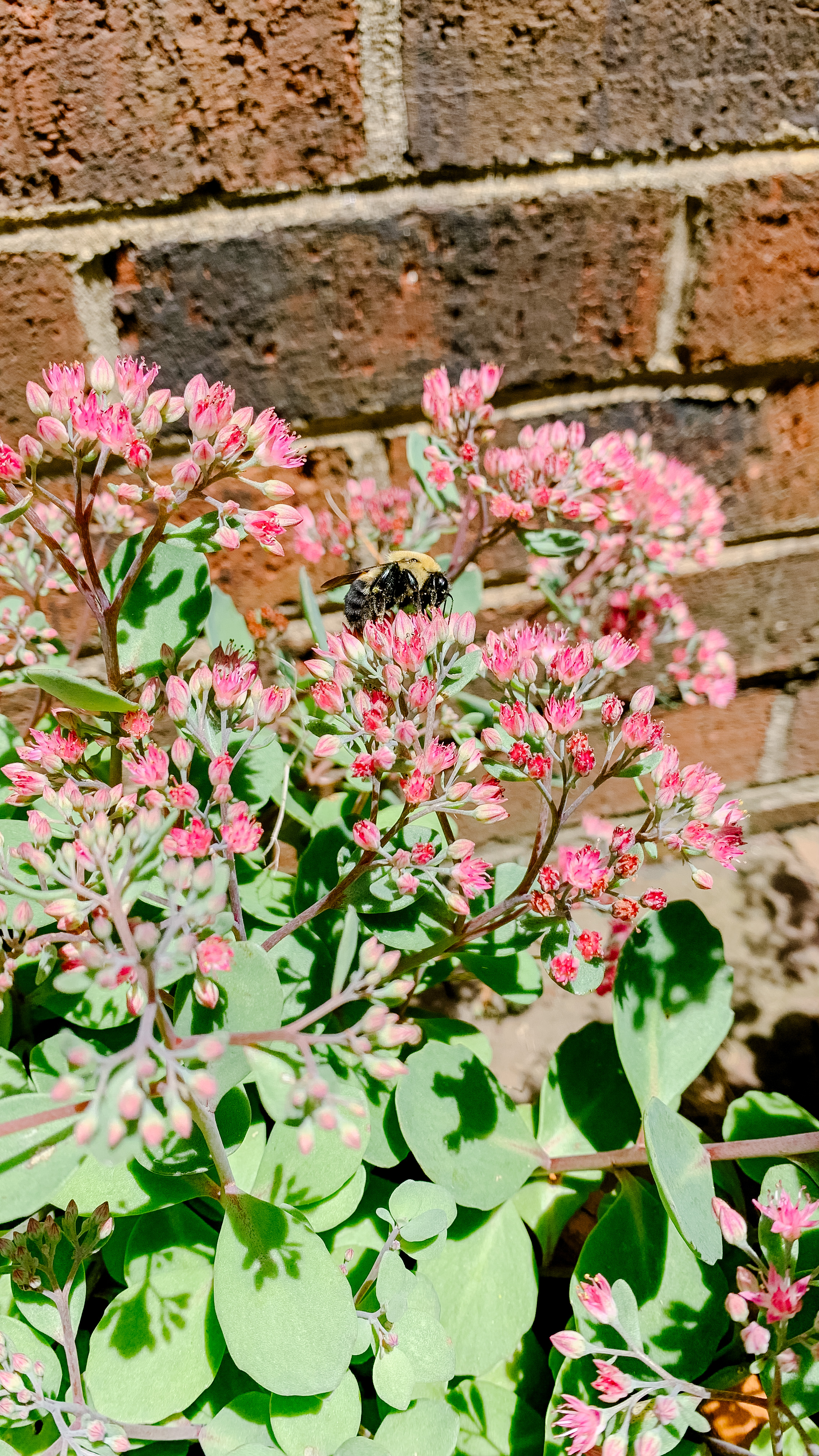
This week is Pollinator Week and to celebrate, I have some easy ways you can create a bee-friendly backyard to help protect native pollinators!
Did you know that 1 out of every 3 bites of food you eat is all thanks to pollinators? While a variety of insects, birds, and other creatures are pollinators, bees get the gold medal. They are, by far, the most efficient pollinators of all. So we’ll focus on supporting them in this post, though many tips will apply to other pollinators, too.
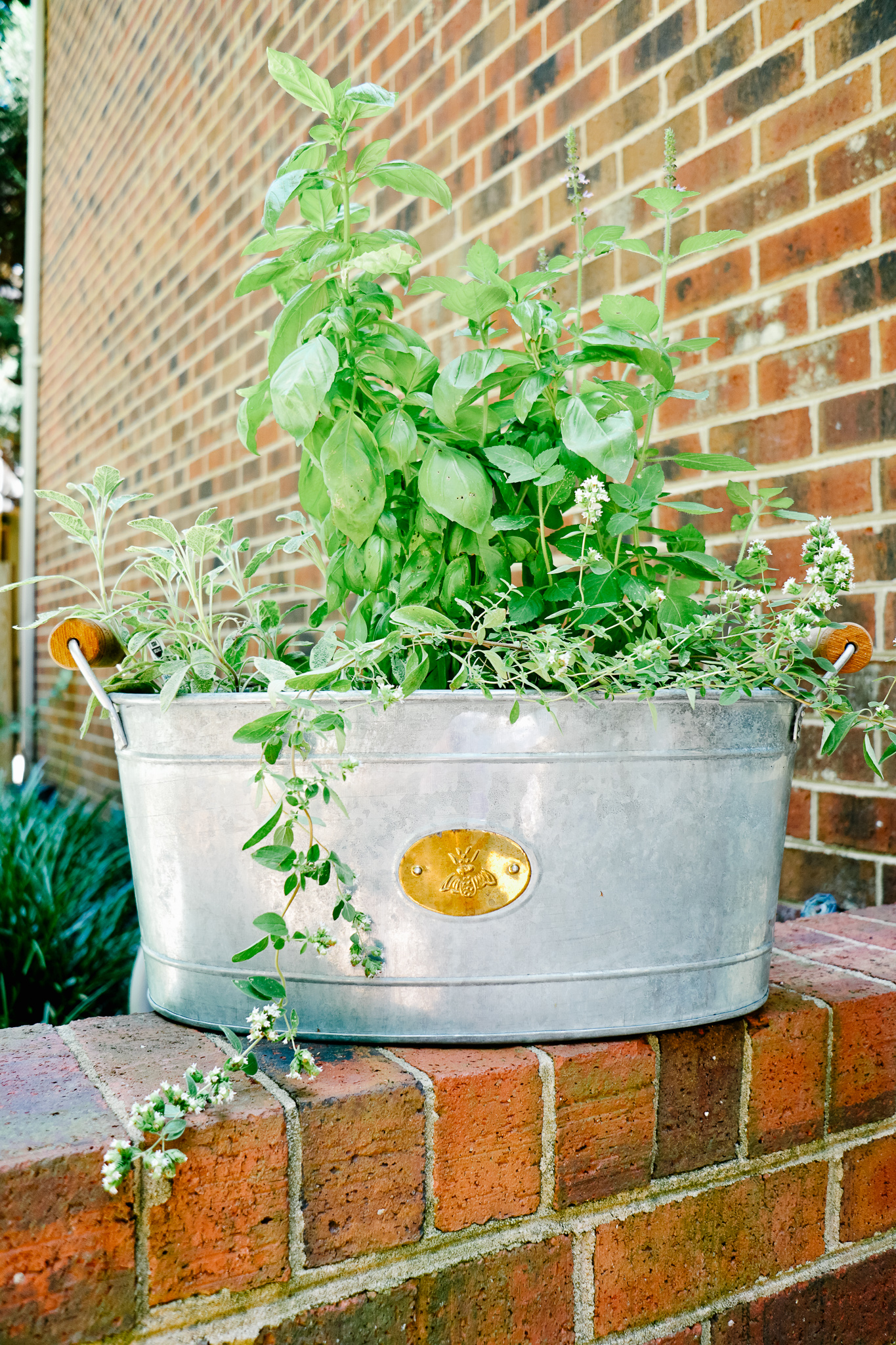
No yard space? No problem! Use the ideas below to create a tiny bee oasis, even if it’s just a single flower pot on a tiny ledge or balcony!
Thank you to Earth’s Ally for sponsoring this post in honor of Pollinator Week to help spread awareness. I only partner with brands I fully believe in, that also meet my strict ingredient and quality standards, and that will add value to my readers. Earth’s Ally meets all of these and more, and I hope you enjoy their non-toxic garden and lawn products as much as I have the past couple of years.
Creating a Bee-Friendly Backyard
Roll out the welcome mat… of flowers!
It may come as no surprise, but one of the best ways to care for hungry, busy bees in your yard is with flowers. Here are a few things to consider:
Variety Feeds The Bees
When you think of bees you may picture a big, fuzzy bumble bee in your head. In reality, there are over 4,000 different species of bees native to North America. Of these, you’ll find quite a variety of sizes, shapes, and even lifestyles. Many bees don’t even live in hives- They nest by themselves!
According to Elizzabeth Kaufman of Pollinator Partnership, different bees need different things. It’s good to consider planting flowers in a variety of sizes, shapes, and colors. Bigger bees need a larger landing pad, while some tiny bees can crawl into narrow flower openings. She also explained that different colors attract different bees.
Consider Bloom Time To Feed Bees Longer
Often flowers have one short blooming season, like spring into early summer. To ensure that bees can feast in your yard as much of the year as possible, consider choosing flowers with differing bloom times. That way you have something in bloom from spring until fall, and possibly beyond!
Native Plants For Native Pollinators
Did you know that many types of bees have spent thousands of years adapting to efficiently collect pollen from the native plants in their area? While bees may enjoy snacking on some non-native flowers, nothing beats the comfort food they know and love.
If you’re not sure what types of plants are native to your region, I have a great resource for you! These Garden Cards for each region can help you find the right ones for your area.
Switch To Bee-Friendly Lawn and Garden Products
Now that you’ve planted the right things to lure the bees to your yard, the last thing you want is to harm them with what you spray on your plants. Many herbicides and pesticides are toxic to bees even if that isn’t what the spray means to target. This goes for some natural versions as well.
All Earth’s Ally products are 3rd party tested and certified Bee Safe. I’ve used this brand in my yard and garden for the last couple of years and love knowing it’s safe for my kids, pets, and bees!
Earth’s Ally has a variety of products to cover your needs:
For more info, I have a whole review of Earth’s Ally on the blog. You can find these on Amazon and in store at Lowe’s.
Kids + Pollinators
One of the best things we can do to protect bees and all pollinators is to get the next generation involved!
I wanted to do an easy project with my kids for Pollinator Week, so we decided to build a bee house. These are so simple to make and there are a ton of tutorials available, including this one from Earth’s Ally. We made ours using paper straws and a jar.
We simply cut the straws to fit in the jar and filled the jar up. Then, we used twine to hang it outside. So simple!
More resources for kids:
Pollinator Partnership has a wealth of educational activities, guides, downloadable coloring sheets, and more on its site.
They also have some cool Bee Guides for North America as a whole and a few states that older kids would love.
Are you a teacher or parent of a student? Earth’s Ally is sponsoring Bee Smart School Garden Kit that educators can use for their classes. See how to apply here.
Here’s to creating a bee-friendly backyard. Happy Pollinator Week!
* Some affiliate links used. All thoughts and opinions are always my own.

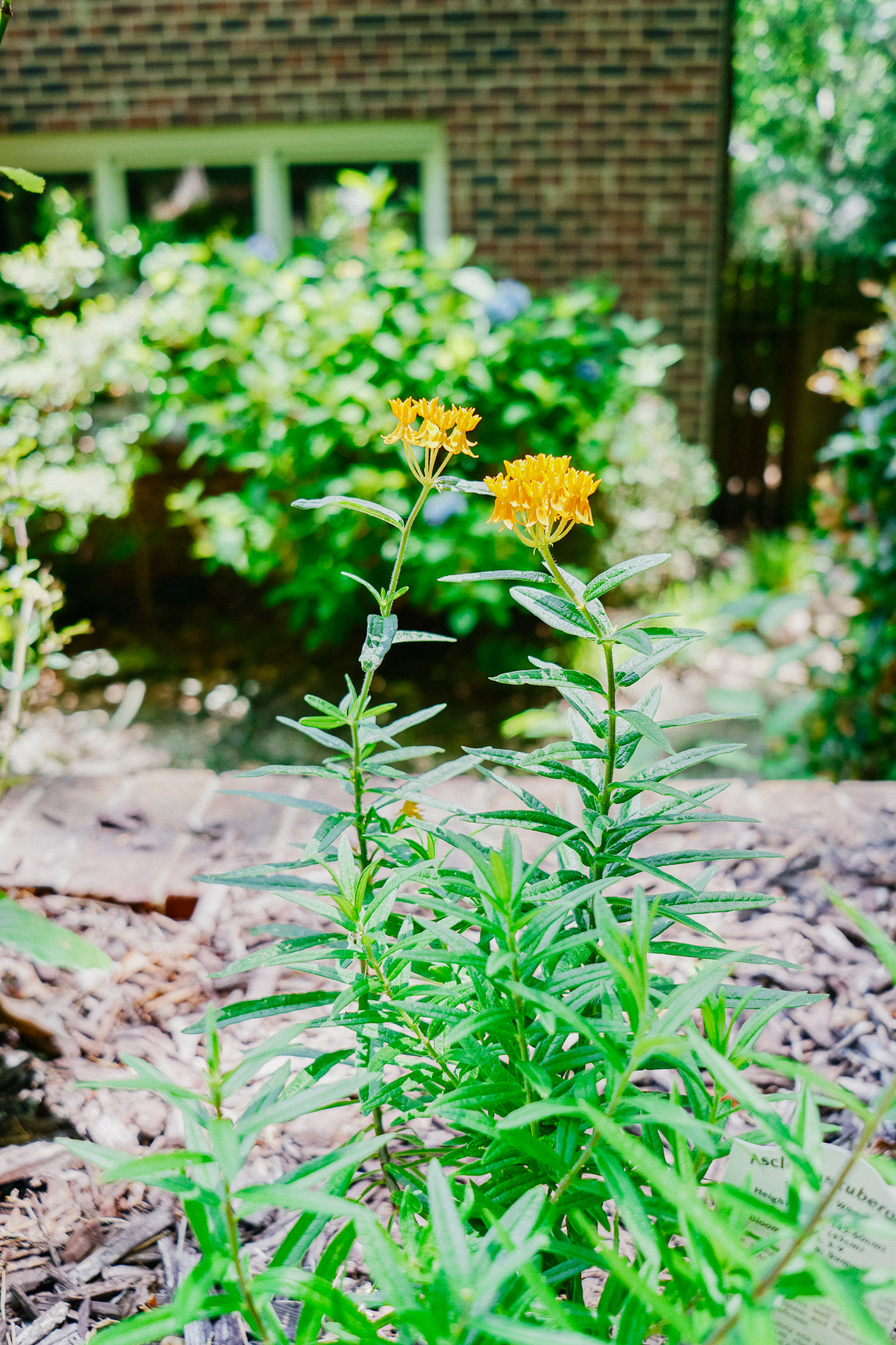
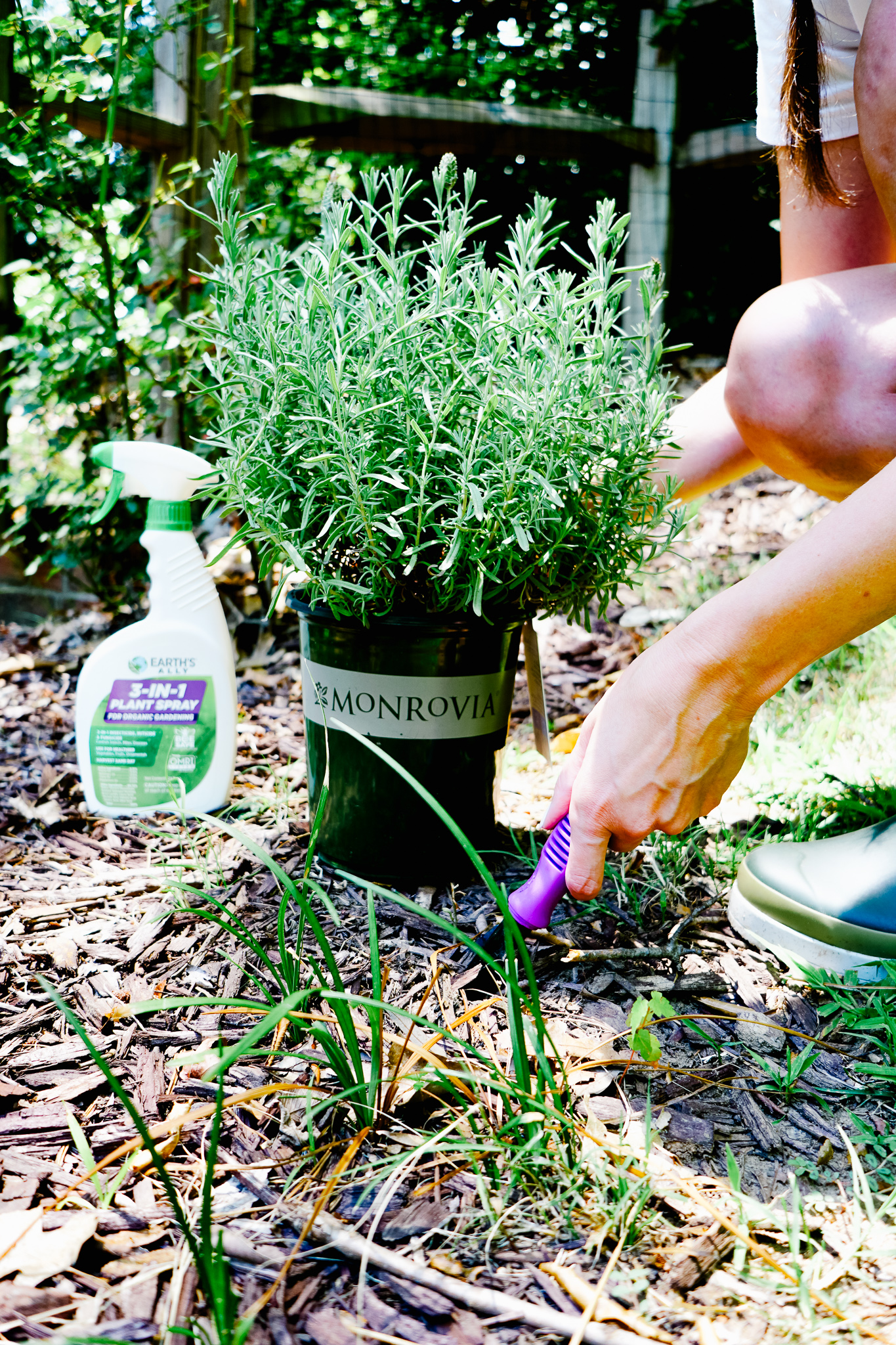

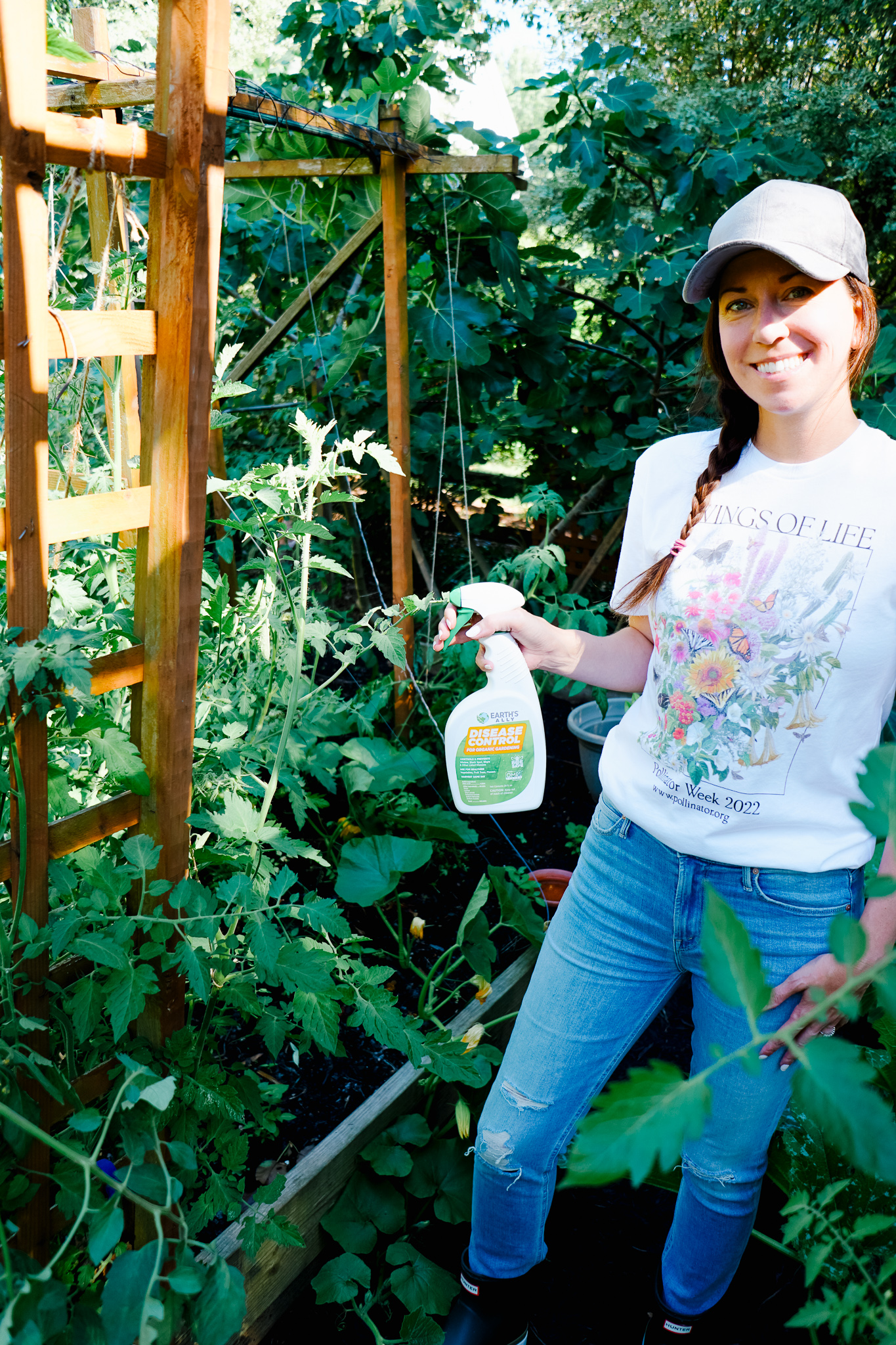
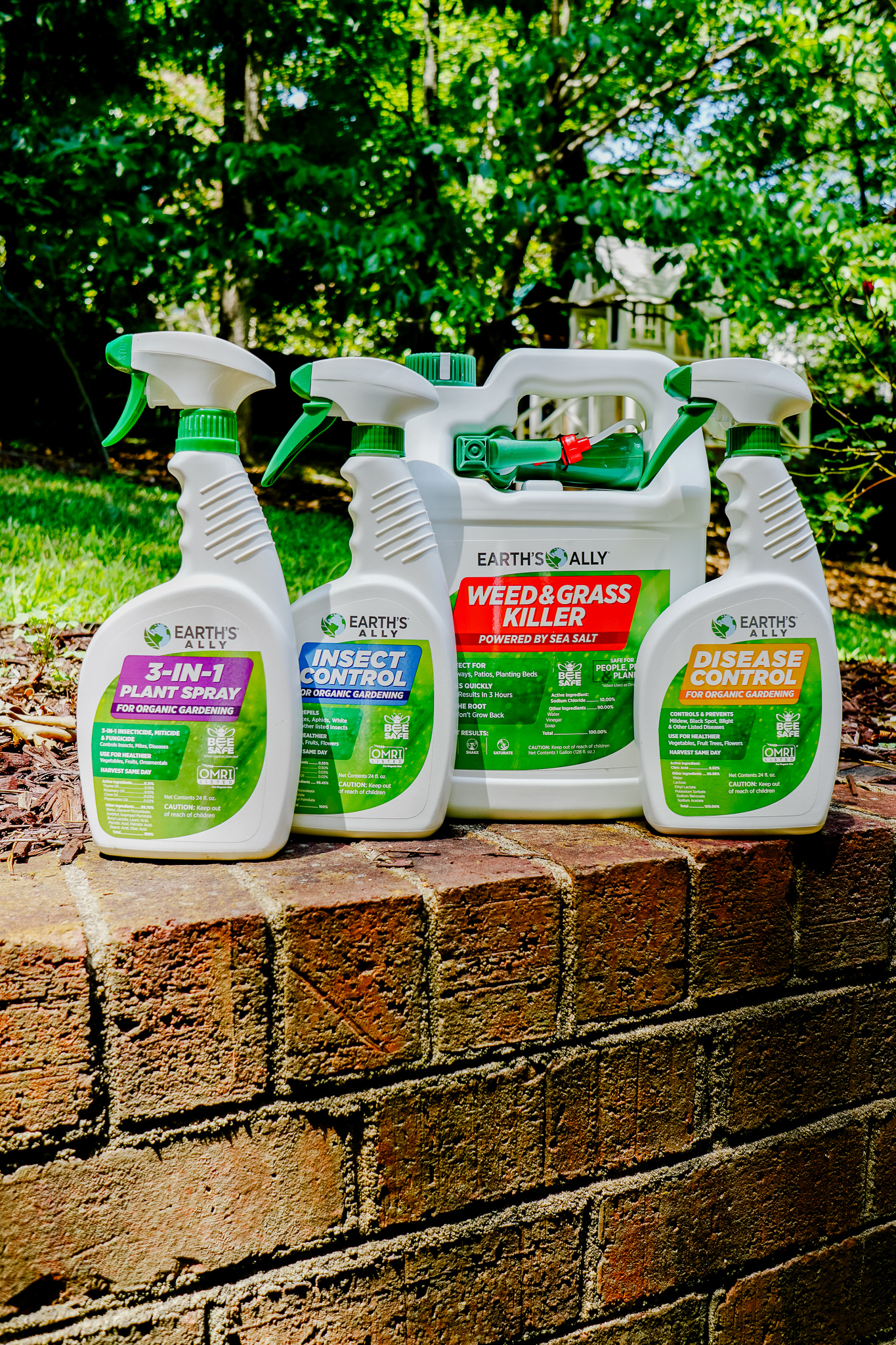
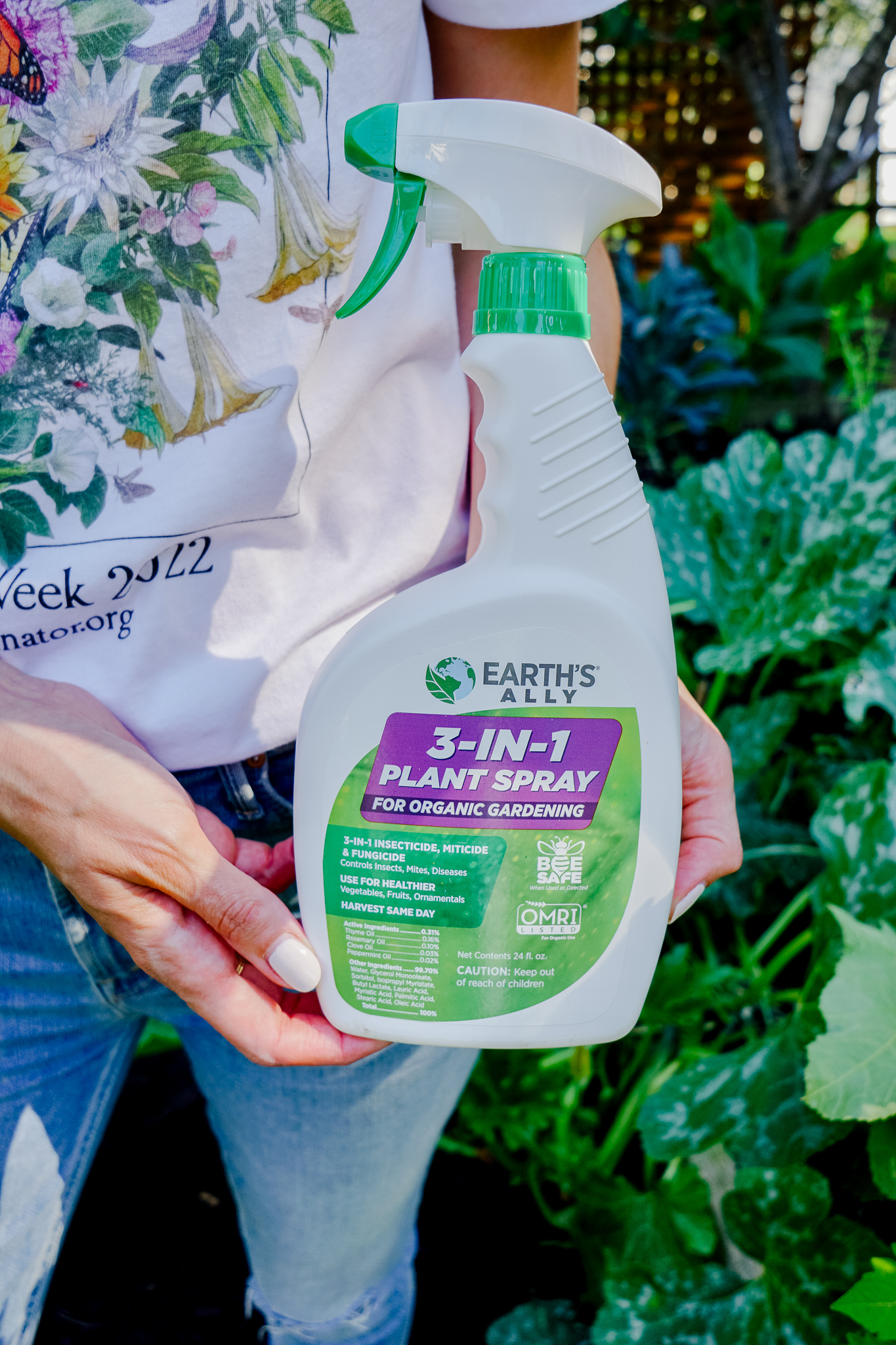
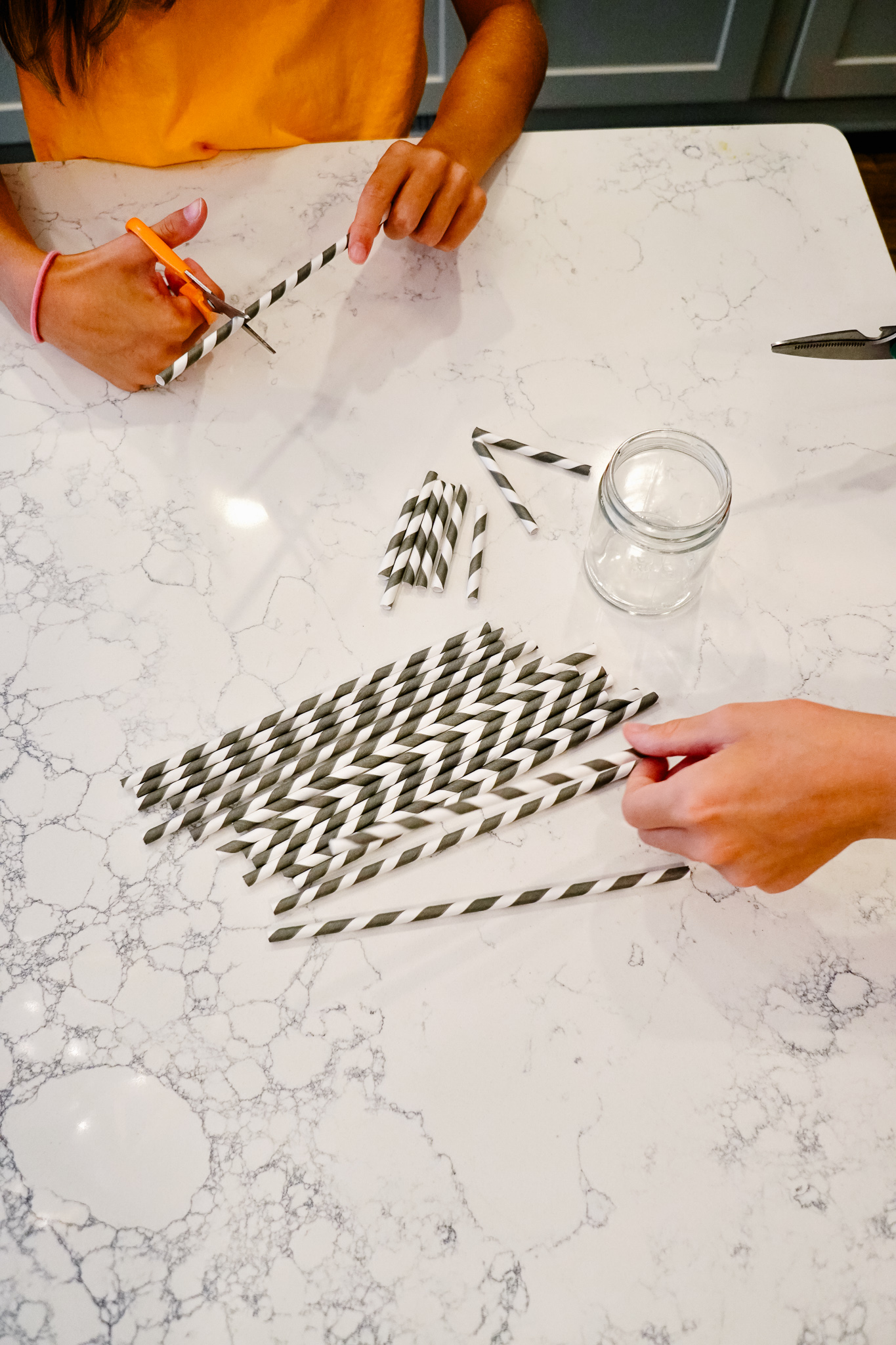
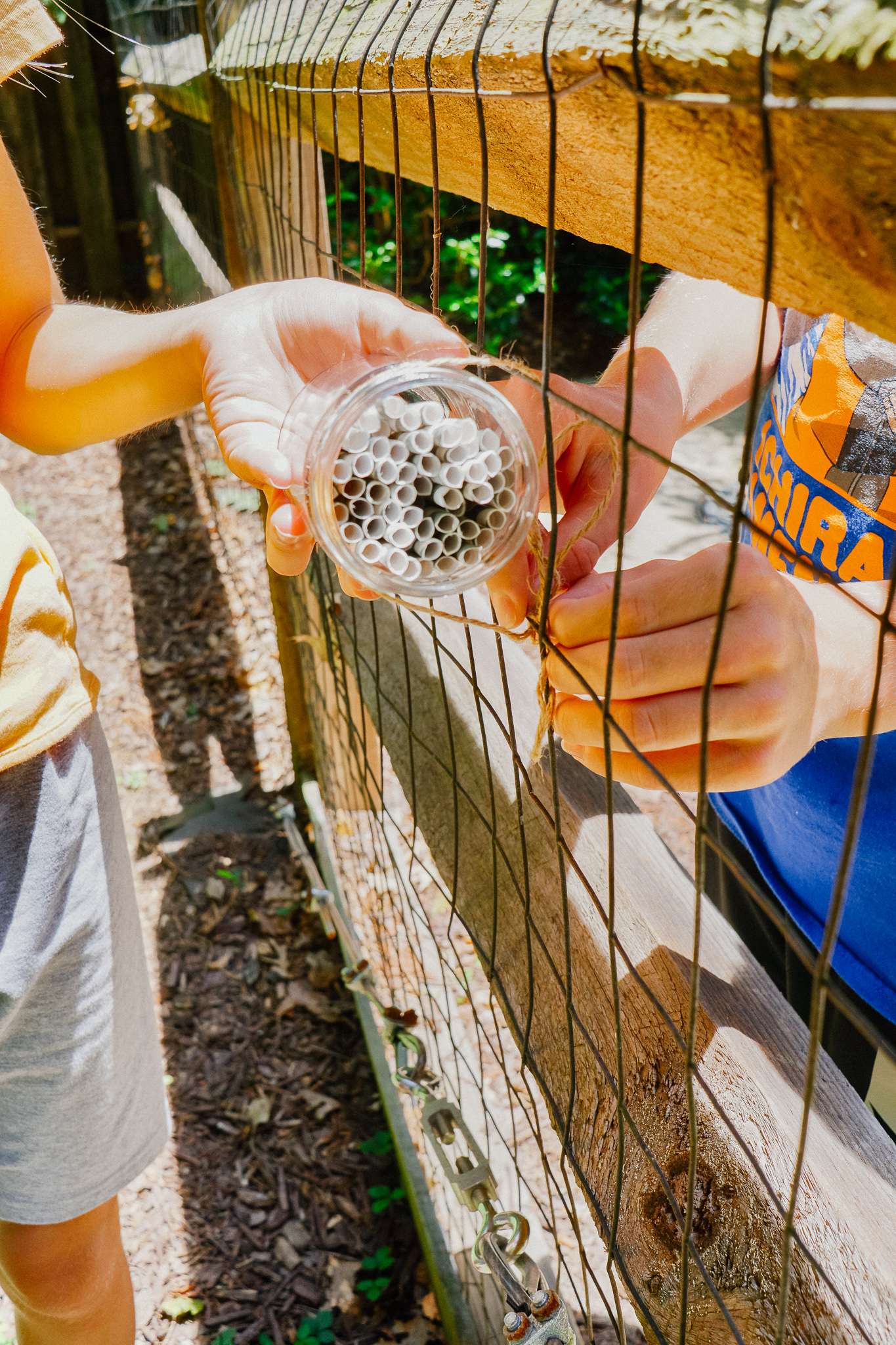

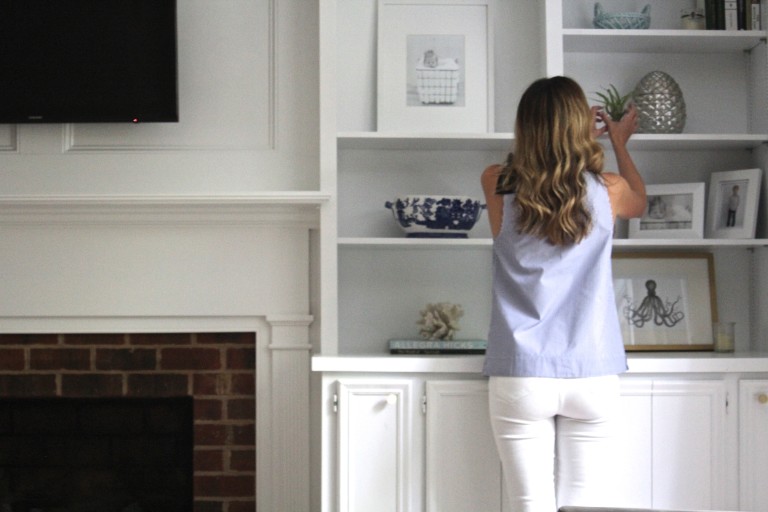
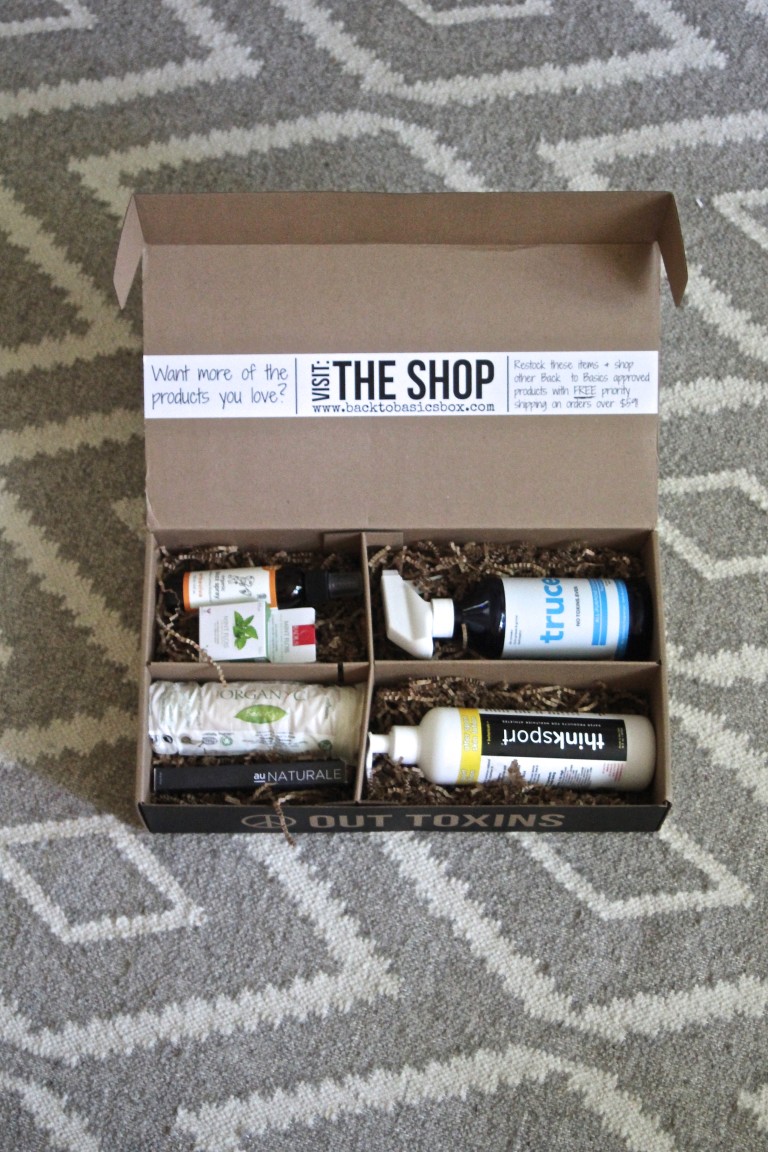

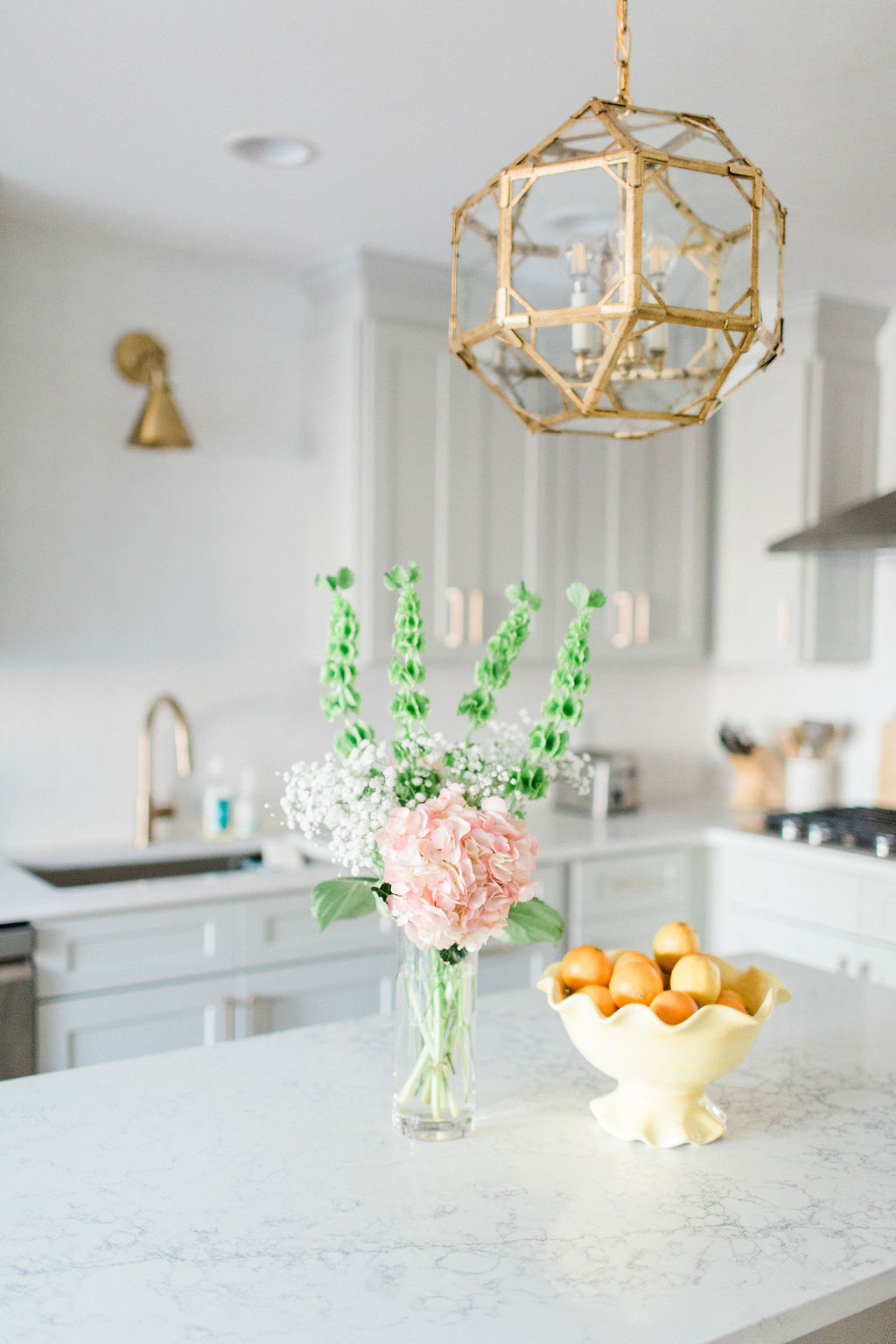

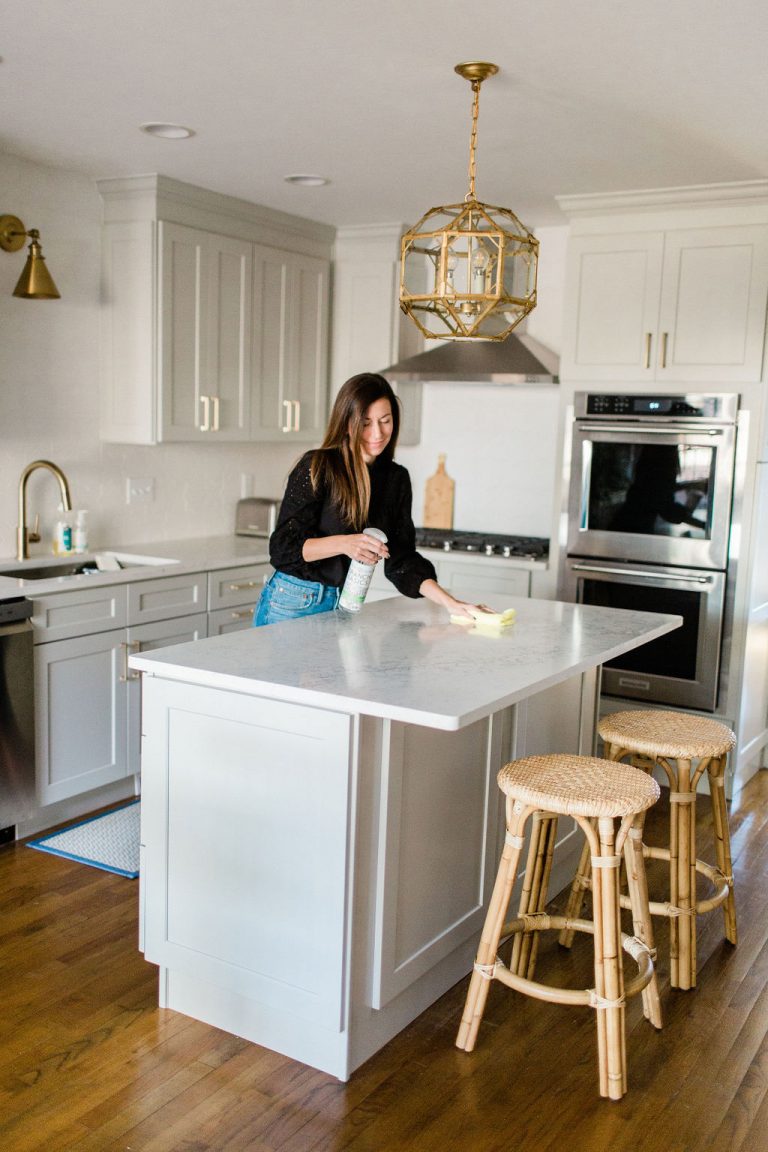
One Comment